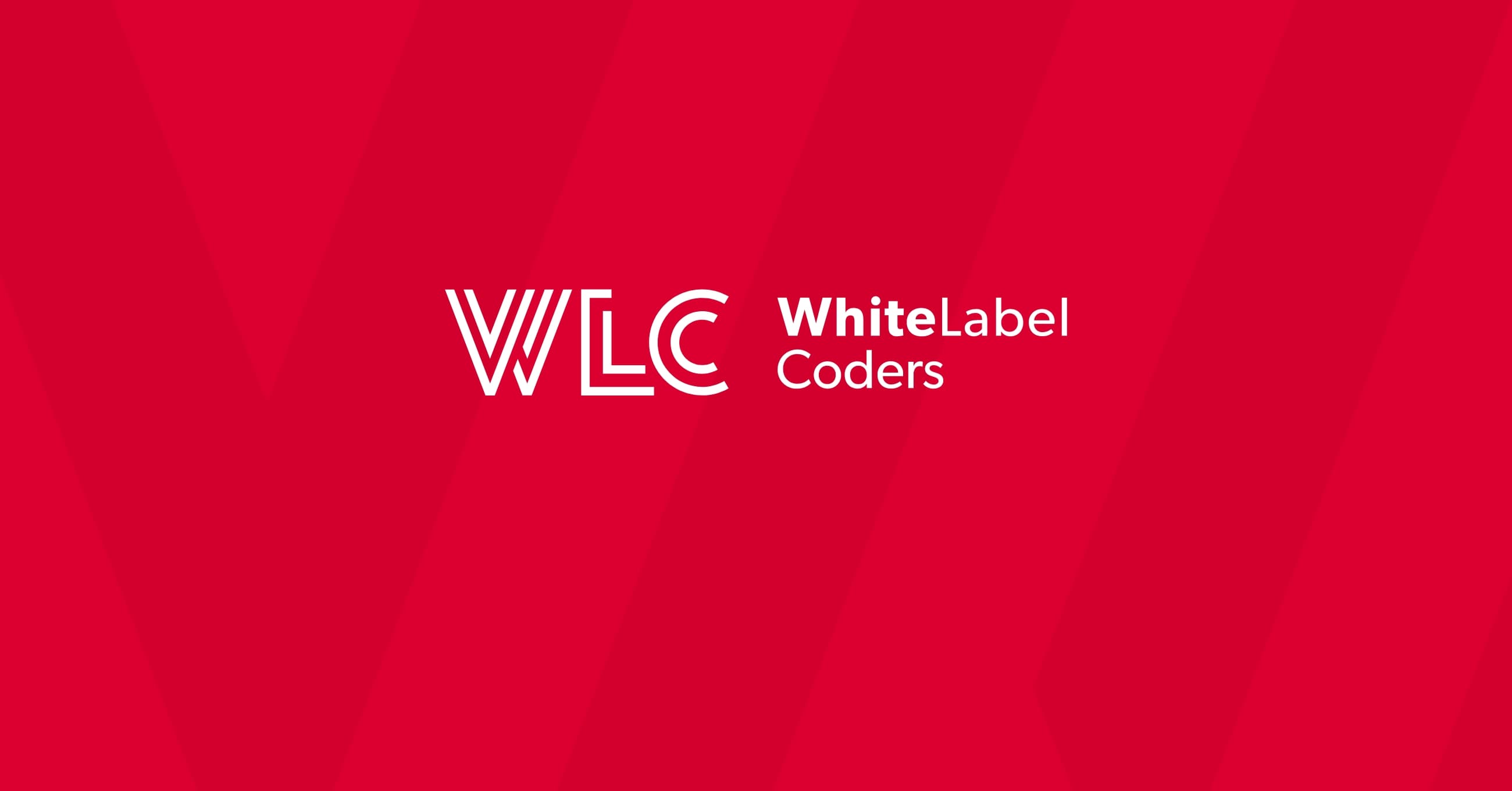Category: SEO AI
How to create a dynamic template in WordPress?

Have you ever wondered why some WordPress websites feel rigid and static while others adapt beautifully to different content types and user needs? The secret lies in understanding how to create dynamic templates that transform your WordPress site from a basic content management system into a powerful, flexible platform.
Dynamic templates are the backbone of modern WordPress development, allowing you to build websites that automatically adjust their layout, styling, and functionality based on the content being displayed. Unlike static templates that show the same design regardless of content, dynamic templates intelligently respond to different post types, user roles, and data fields.
Whether you’re building a multilingual business site, an advanced e-commerce platform, or a custom concept that requires unique functionality, mastering dynamic template creation will give you the tools to deliver truly professional WordPress solutions. This comprehensive guide will walk you through everything from understanding WordPress’s template hierarchy to implementing advanced conditional logic that makes your themes truly intelligent.
Introduction: what are dynamic templates in WordPress?
Dynamic templates in WordPress represent a fundamental shift from traditional static web design to intelligent, content-aware layouts. These templates use PHP functions and WordPress hooks to automatically pull content from your database and display it according to predefined rules and conditions.
Think of dynamic templates as smart containers that know exactly what type of content they’re displaying and adjust accordingly. When someone visits a blog post, the template knows to show author information and comments. When they view a product page, it displays pricing and purchase buttons instead.
The importance of dynamic templates in modern WordPress development cannot be overstated. They enable you to create scalable solutions that grow with your content needs, whether you’re developing a simple business website or a complex multi-vendor platform. Professional WordPress customisation relies heavily on these techniques to deliver tailored experiences.
Dynamic templates are the difference between a website that merely displays content and one that creates meaningful, contextual experiences for every visitor.
Understanding WordPress template hierarchy fundamentals
WordPress follows a specific template hierarchy system that determines which template file loads for different types of content. This hierarchy acts like a decision tree, with WordPress checking for specific template files in a predetermined order until it finds one that exists.
The hierarchy starts with the most specific template files and falls back to more general ones. For example, when displaying a single blog post, WordPress first looks for a template named after the post’s slug, then the post ID, then the general single.php file, and finally index.php as the ultimate fallback.
Understanding file naming conventions is crucial for effective template development. Template files follow specific patterns: single-{post-type}.php for custom post types, page-{slug}.php for specific pages, and category-{slug}.php for category archives. These naming conventions tell WordPress exactly when to use each template.
Template precedence rules ensure that your most specific templates take priority over general ones. This system allows you to create highly targeted layouts for specific content whilst maintaining fallback options for broader use cases.
How to set up your development environment for template creation?
Creating a proper development environment is essential for efficient template development. Start by setting up a local WordPress installation using tools like XAMPP, MAMP, or Local by Flywheel. These platforms provide a safe testing ground where you can experiment without affecting live websites.
Your development toolkit should include a quality code editor with PHP syntax highlighting, such as Visual Studio Code or PhpStorm. Install essential plugins like Query Monitor for debugging database queries and Show Current Template for identifying which template files are loading.
Organise your file structure logically within your theme directory. Create separate folders for template parts, custom post type templates, and utility functions. This organisation becomes crucial when working on larger projects or collaborating with other developers.
Establish a proper workflow that includes version control with Git, regular backups, and a staging environment for testing. Professional WordPress custom development requires systematic approaches to ensure code quality and project maintainability.
Creating custom post types and fields for dynamic content
Custom post types extend WordPress beyond standard posts and pages, allowing you to create content structures tailored to your specific needs. You can register custom post types either through code using the register_post_type() function or through plugins like Custom Post Type UI.
When creating custom post types programmatically, define clear labels, capabilities, and supported features. Consider whether your post type needs to be public, searchable, or support features like thumbnails and excerpts. These decisions directly impact how your dynamic templates will function.
Advanced Custom Fields (ACF) revolutionises how you handle dynamic content by providing an intuitive interface for creating complex field structures. Choose from various field types including text, textarea, image, repeater, and flexible content fields to build sophisticated data architectures.
Structure your data architecture thoughtfully by grouping related fields and using consistent naming conventions. This planning phase determines how easily you’ll be able to retrieve and display content in your templates. Consider future scalability and how additional content types might integrate with your existing structure.
Building responsive template files with PHP and HTML
Template file creation combines PHP logic with HTML structure to create dynamic, responsive layouts. Start each template with proper WordPress functions like get_header() and end with get_footer() to maintain consistency across your site.
Use WordPress functions such as the_content(), the_title(), and get_field() to retrieve dynamic content from your database. These functions automatically handle security and formatting, ensuring your content displays correctly across different contexts.
Implement responsive HTML structures using semantic markup and CSS Grid or Flexbox for layout control. Your templates should adapt seamlessly across devices, maintaining both functionality and visual appeal whether viewed on desktop, tablet, or mobile.
CSS integration techniques include enqueueing stylesheets properly through wp_enqueue_style() and using conditional classes to style different content types. Consider implementing CSS custom properties for dynamic styling based on content characteristics.
| Template Function | Purpose | Usage Context |
|---|---|---|
| the_content() | Display post content | Single posts and pages |
| get_field() | Retrieve ACF values | Custom field display |
| wp_query() | Custom content queries | Complex content retrieval |
Advanced techniques: conditional logic and template parts
Conditional logic transforms static templates into intelligent systems that respond to different scenarios. Use WordPress conditional functions like is_home(), is_single(), and is_user_logged_in() to display content based on context, user status, or content type.
Template parts promote code reusability and maintainability by breaking complex templates into smaller, manageable components. Create template parts for common elements like post cards, navigation menus, or content headers that can be included across multiple templates.
Dynamic styling based on content types allows your templates to automatically adjust their appearance. Implement body classes that reflect the current content type, then use CSS to create distinct visual experiences for different post types or page templates.
Performance optimisation strategies include minimising database queries through efficient use of WordPress functions, implementing proper caching mechanisms, and lazy loading non-critical content. These techniques ensure your dynamic templates remain fast and responsive even with complex functionality.
Conclusion: mastering dynamic WordPress template development
Creating dynamic templates in WordPress represents a journey from basic theme development to sophisticated, content-aware systems that deliver exceptional user experiences. The concepts we’ve explored—from understanding template hierarchy to implementing advanced conditional logic—form the foundation of professional WordPress development.
Remember that successful template development requires balancing functionality with performance, ensuring your dynamic features enhance rather than hinder the user experience. Regular testing across different devices and content types helps identify potential issues before they impact your visitors.
As you continue developing your skills, consider exploring advanced topics like custom REST API endpoints, headless WordPress implementations, and integration with modern JavaScript frameworks. The WordPress ecosystem continues evolving, offering new opportunities for creating innovative, dynamic web experiences.
Your next steps should include practising these techniques on real projects, contributing to the WordPress community, and staying current with development trends. Whether you’re building custom WordPress websites for clients or developing your own digital platforms, these template development skills will serve as the foundation for creating truly exceptional web experiences.

